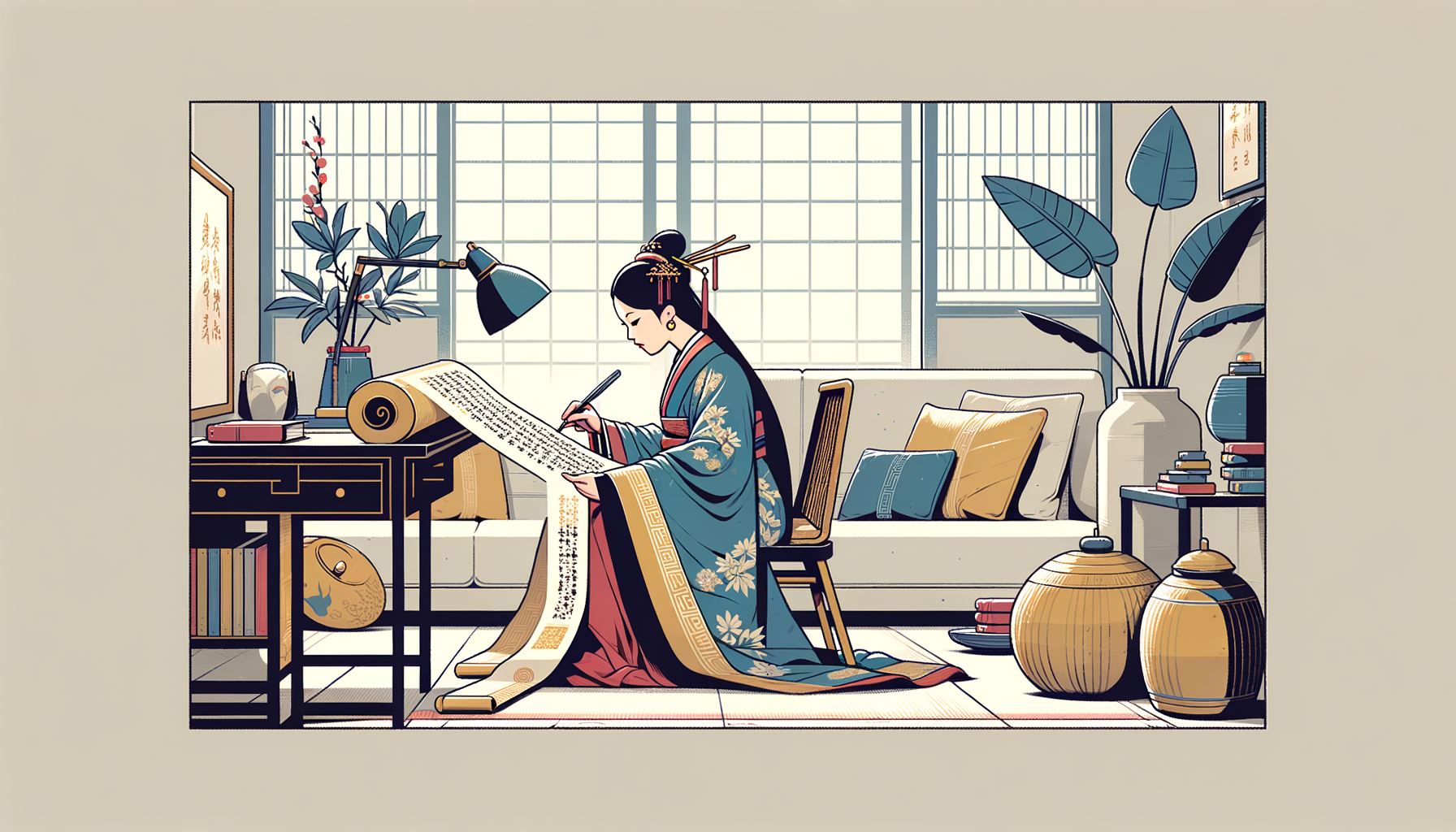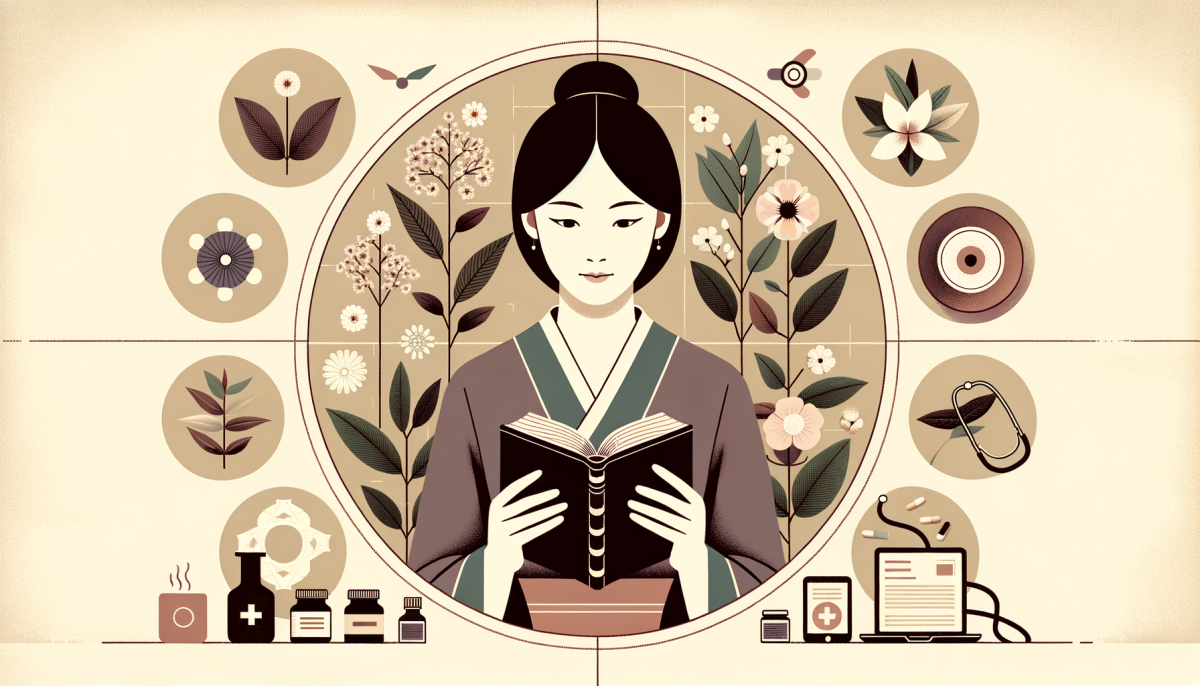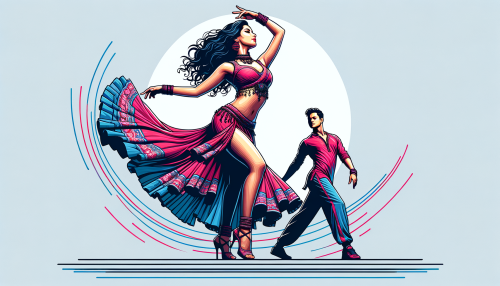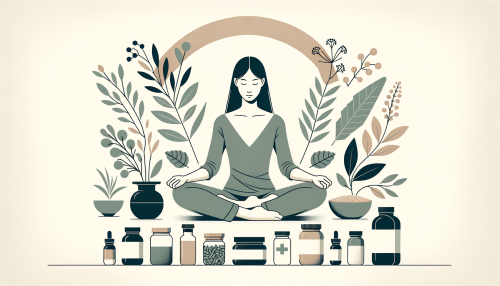Introduction
In the ceaseless march of time, the world has witnessed a myriad of advancements in various fields, particularly in the realm of healthcare. Yet, amidst the dazzling array of modern medical marvels, the ancient wisdom of traditional Asian medicine continues to hold its ground, offering a holistic approach to health and wellness that has stood the test of time. This article delves into the fascinating journey of integrating this age-old wisdom into our modern lives, bridging the gap between East and West, and offering practical strategies for seamless integration.
Ancient Wisdom Modernized

Traditional Asian medicine, a treasure trove of ancient wisdom, has been a cornerstone of health and wellness in the East for millennia. Rooted in a profound understanding of the human body and its intricate relationship with nature, it encompasses a wide array of practices, including herbal medicine, acupuncture, dietary therapy, and Tai Chi, among others. Despite its antiquity, this holistic approach to health continues to be relevant in the modern world, offering a counterpoint to the often symptom-focused approach of Western medicine.
The modernization of traditional Asian medicine is not about discarding the old in favor of the new, but rather about harmonizing the two. It involves understanding the underlying principles of these ancient practices and adapting them to suit our contemporary lifestyle. For instance, the concept of Qi, a vital energy that flows through the body, is being explored in the context of modern bioenergy research. Similarly, the ancient practice of acupuncture is being studied using modern neuroimaging techniques to understand its impact on the brain and nervous system.
The modernization process also involves rigorous scientific validation of these traditional practices. Numerous studies have been conducted to evaluate the efficacy of herbal medicines, with some showing promising results in treating conditions like diabetes and cardiovascular diseases. Such research not only helps validate the effectiveness of these ancient practices but also paves the way for their integration into mainstream healthcare.
Bridging East and West
The integration of traditional Asian medicine into modern life is not just about modernizing ancient practices, but also about bridging the gap between Eastern and Western philosophies of health. While Western medicine tends to focus on treating specific symptoms or diseases, Eastern medicine takes a more holistic approach, considering the body, mind, and spirit as interconnected aspects of health.
This integration involves recognizing the strengths and limitations of both approaches and finding ways to combine them for optimal health outcomes. For instance, while Western medicine excels in acute care and surgical interventions, traditional Asian medicine can offer valuable insights into preventive care and chronic disease management.
The bridging process also involves fostering mutual respect and understanding between practitioners of both traditions. This can be achieved through collaborative research, cross-cultural education, and interdisciplinary practice. By working together, practitioners from both traditions can learn from each other, enrich their own practice, and provide more comprehensive care to their patients.
Practical Integration Strategies
The integration of traditional Asian medicine into modern life requires practical strategies that can be easily implemented. One such strategy is the incorporation of traditional practices into daily routines. This could involve simple changes like incorporating medicinal herbs into meals, practicing Tai Chi for stress management, or using acupuncture for pain relief.
Another strategy is the integration of traditional Asian medicine into mainstream healthcare. This could involve offering complementary therapies in hospitals, incorporating traditional practices into medical education, or conducting research on traditional medicines. Such integration not only validates these ancient practices but also makes them more accessible to the wider population.
Finally, policy-level changes are also crucial for the integration of traditional Asian medicine. This could involve recognizing traditional practitioners, regulating the use of medicinal herbs, or funding research into traditional practices. Such policies not only protect the interests of patients but also promote the sustainable development of traditional Asian medicine.
Conclusion
In conclusion, the integration of traditional Asian medicine into modern life is a journey of modernization, bridging, and practical implementation. It involves honoring the ancient wisdom of the East, recognizing its relevance in the modern world, and finding ways to seamlessly incorporate it into our daily lives. As we move forward, it is crucial to continue this dialogue between East and West, ancient and modern, tradition and innovation, for the ultimate goal of holistic health and wellness.





